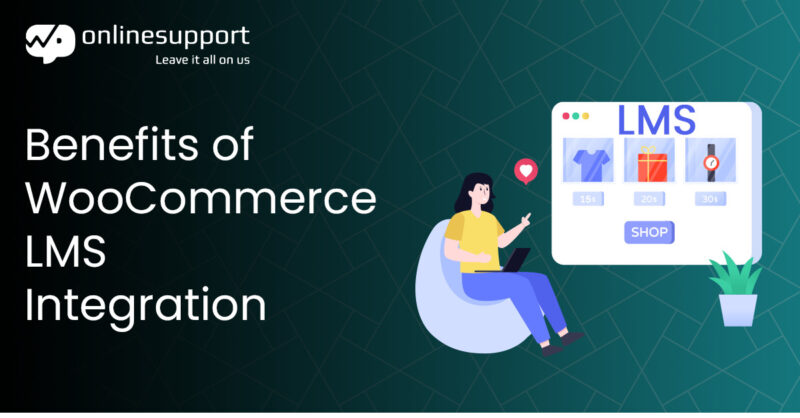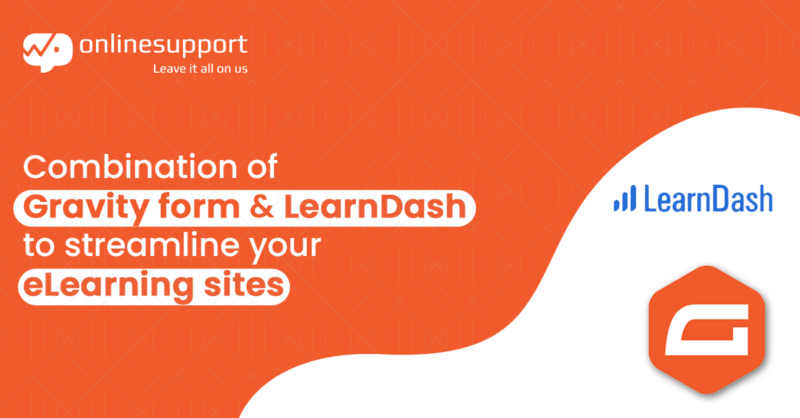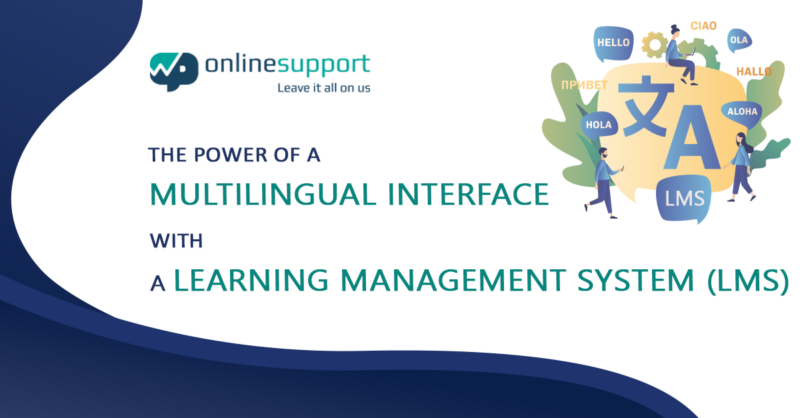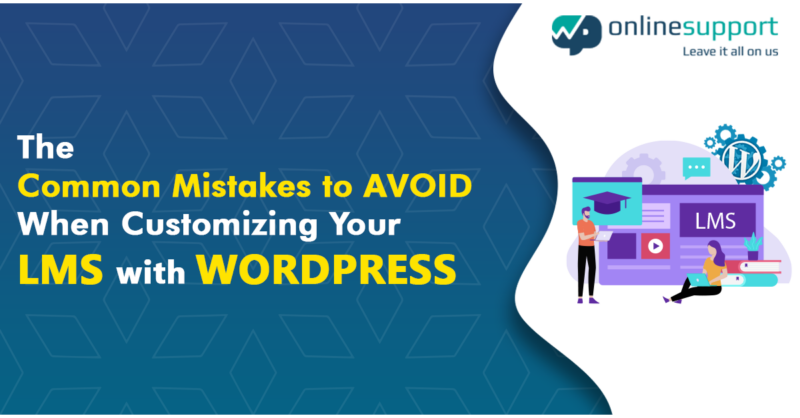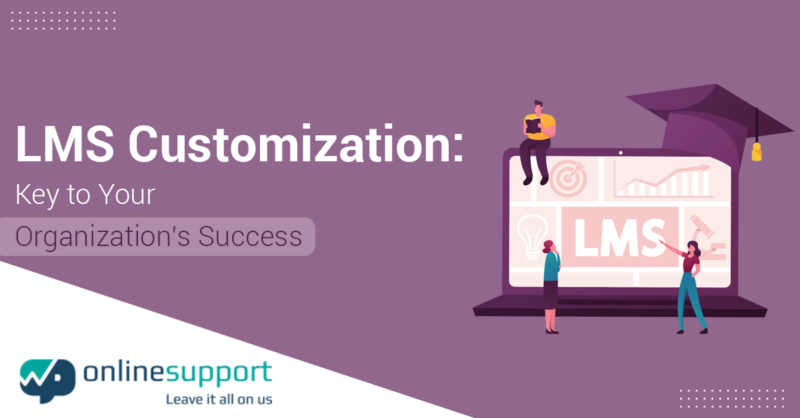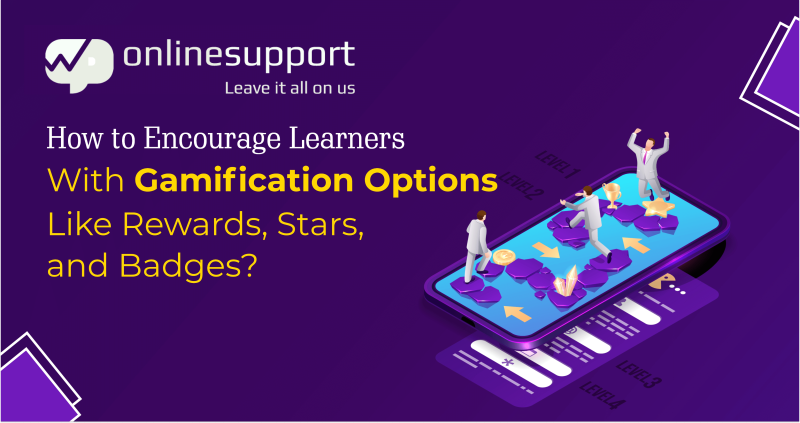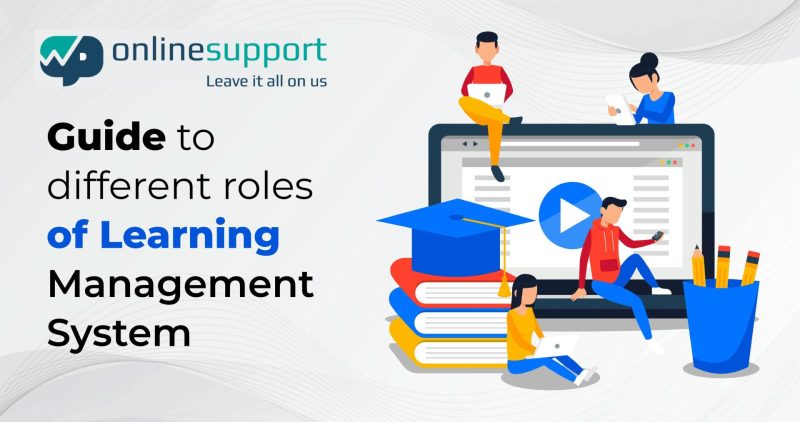In today’s digital era, the demand for online learning has skyrocketed. Whether you are a skilled professional, an educator, or an expert in your field, creating and selling online courses can be a lucrative way to share your knowledge and generate passive income.
WooCommerce, the widely-used e-commerce platform for WordPress, offers a seamless integration with Learning Management Systems (LMS), allowing you to effortlessly sell courses to a global audience.
In this comprehensive guide, we will explore the benefits of WooCommerce LMS integration and provide you with actionable steps to set up and launch your online course platform successfully.
The Power of WooCommerce LMS Integration
WooCommerce is known for its user-friendly interface and robust e-commerce features. By integrating an LMS, you gain the ability to manage, deliver, and monetize your courses directly from your WooCommerce dashboard. This centralization streamlines the entire process, from course creation to student management and sales tracking.
Creating Your Course Catalog
The first step in selling courses with WooCommerce is building an attractive and informative course catalog. Use high-quality images and engaging descriptions to showcase the value and benefits of each course. Organize courses into categories and provide filters to help potential students find the courses most relevant to their needs.
Payment Gateway Integration
WooCommerce supports a wide range of payment gateways, making it easy for you to accept payments from various sources worldwide. Ensure you have integrated secure and reliable payment options to instill trust in your customers and encourage more sales.
Automated Course Access
One of the key advantages of WooCommerce LMS integration is the automation it brings to the course delivery process. After a successful purchase, students should receive immediate access to their enrolled courses. This automation reduces administrative tasks and provides a seamless user experience.
Personalized User Profiles
With the integration, each student gets a personalized dashboard where they can access their enrolled courses, track progress, and view earned certificates. These personalized profiles enhance user engagement and satisfaction.
Gamification and Progress Tracking
Incorporate gamification elements into your courses to keep learners motivated and engaged. WooCommerce LMS plugins often offer features like badges, points, and leaderboards, which can make the learning experience more enjoyable and encourage healthy competition among students.
Reviews and Testimonials
Social proof plays a crucial role in convincing potential students to enroll in your courses. Enable a review and rating system on your course pages to showcase positive feedback from satisfied learners. Positive reviews can significantly boost your course’s credibility and, ultimately, your sales.
Marketing and Promotions
Integrate marketing tools with WooCommerce to run promotions, discounts, and limited-time offers on your courses. Utilize email marketing campaigns and social media to reach a broader audience and attract potential students.
Customer Support
Efficient customer support is essential for any successful online course platform. Make sure you have a clear support system in place to handle inquiries, technical issues, and student concerns promptly.
Analyzing Performance and Sales
WooCommerce provides in-depth analytics and reporting features that help you track your course’s performance and sales. Utilize these insights to identify popular courses, understand customer behavior, and make data-driven decisions for future improvements.
Conclusion
In conclusion, the integration of WooCommerce with a Learning Management System is a game-changer for anyone looking to sell courses online. By leveraging the power of WooCommerce’s e-commerce functionalities and the comprehensive features of an LMS, you can create a highly efficient and user-friendly platform to share your knowledge and monetize your expertise.
Remember to focus on building an attractive course catalog, providing seamless payment options, and delivering a personalized learning experience to your students.
With the right marketing strategies and ongoing support, you can establish a successful online course business and make a positive impact on learners around the world. Start your journey today and unlock the potential of WooCommerce LMS integration!

